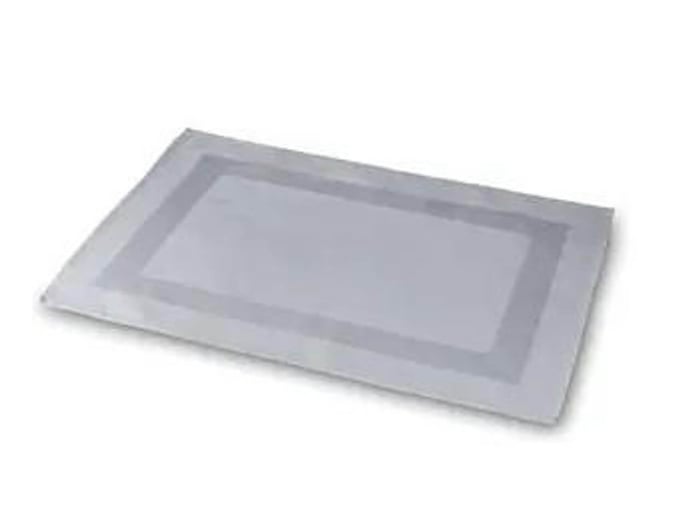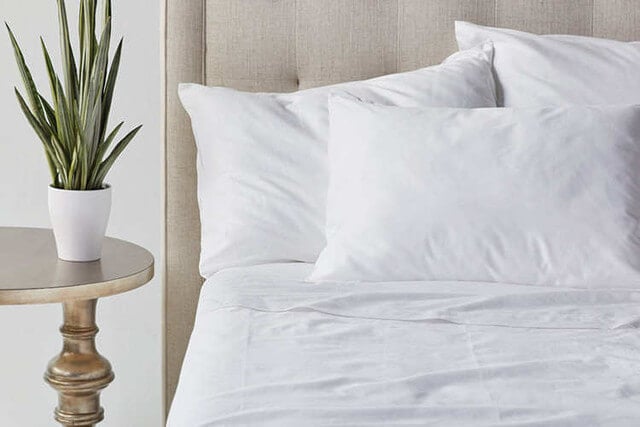Bedside mats, also known as a padded bedside fall mat or a bed mat, is a safety pad placed on the floor beside the bed to prevent injuries resulting from falls. These mats offer a range of benefits, particularly in healthcare settings and home care environments where fall risk is a concern. Let's explore some of the significant advantages of using bedside mats.
What is a Padded Bedside Fall Mat?
Bedside mats, also known as padded bedside fall mats, are essential safety tools commonly used in healthcare settings, particularly in hospitals, nursing homes, home care environments, or even for hotels. A rubber bed mat is designed to prevent injuries and mitigate the impact of falls that may occur near the bed, providing a cushioned landing surface for patients who are at risk of falling.
Padded bedside fall mats are usually made of high-density foam or rubber. They are placed on the floor beside the bed to create a protective buffer zone. The mats come in various sizes, with some models featuring non-slip surfaces to prevent slipping or tripping.
The primary purpose of these mats is to reduce the severity of injuries that patients might sustain during a fall, as falls can lead to serious consequences, especially for elderly individuals or those with mobility issues. By investing in a padded bedside fall mat, healthcare facilities and caregivers can significantly enhance patient safety and reduce the likelihood of fall-related injuries.
What are Fall Pads?
A padded bedside fall mat is used to create a safer environment for patients who are at risk of falling. These pads are not limited to bedside use but can also be placed in areas where falls are more likely to occur, such as around chairs, doorways, or other high-risk locations.
Fall pads are constructed using materials that absorb impact and reduce the risk of injury. They are available in various thicknesses and sizes to cater to different needs and spaces. Additionally, some fall pads are equipped with antimicrobial covers, making them easy to clean and maintain hygiene in healthcare settings.
Apart from preventing injuries, fall pads can also provide peace of mind for both patients and caregivers. Knowing that there is a protective layer between the patient and the hard floor can reduce anxiety and stress, leading to a more comfortable recovery experience.
How Effective is a Fall Mat?
The effectiveness of a fall mat largely depends on its design, quality, and proper placement. When used correctly, a padded bedside fall mat can be highly effective in reducing the severity of injuries resulting from falls. However, it is essential to note that fall mats do not prevent falls from occurring. Instead, they act as a safety measure to mitigate the impact when falls do happen.
To ensure the maximum effectiveness of a fall mat, consider the following:
- Quality and Material: Invest in high-quality, durable fall mats made from impact-absorbing materials. Look for mats that meet safety standards and have non-slip surfaces to prevent slipping.
- Proper Placement: Position the fall mat strategically next to the bed or any high-risk areas where falls are likely to occur. Make sure the mat covers enough area to provide adequate protection.
- Regular Maintenance: Inspect and clean the fall mat regularly to ensure it remains in optimal condition. Replace worn-out mats promptly to maintain their effectiveness.
- Complementing Safety Measures: While fall mats are an essential safety tool, they should not be the sole method of fall prevention. Implement additional safety measures, such as bed rails, grab bars, and monitoring systems, to create a comprehensive fall prevention plan.
In conclusion, padded bedside fall mats and bed mats offer numerous benefits in terms of patient safety and injury prevention. These simple yet effective tools can significantly reduce the impact of falls, providing patients and caregivers with peace of mind and a safer healthcare environment.
Investing in high-quality fall mats and using them in conjunction with other safety measures is crucial to ensuring their maximum effectiveness. By doing so, healthcare facilities and caregivers can prioritize patient safety and minimize the risks associated with falls.
About the Author
Haley Bridges, Marketing Assistant at Direct Textile Store
Haley Bridges has served as Marketing Assistant at Direct Textile Store, where she specializes in hospitality linens, uniforms, and bulk textile solutions. She works closely with hotels, restaurants, and healthcare facilities to match them with durable, high-quality products that balance both performance and value. Haley's expertise in textile sourcing and merchandising strategy helps businesses make confident purchasing decisions while staying ahead of industry trends.





